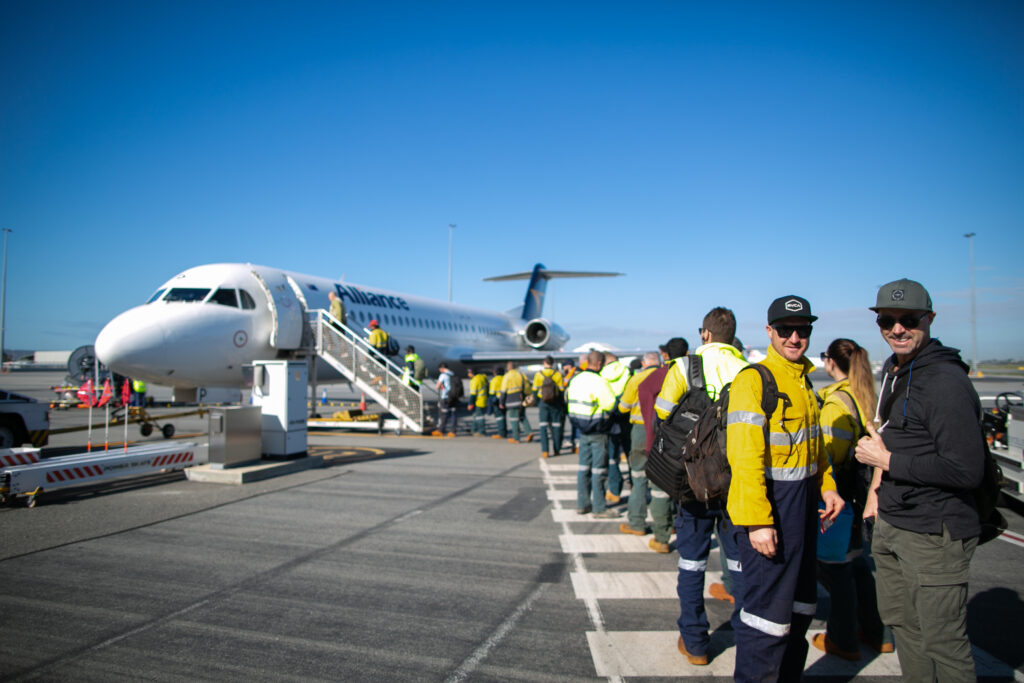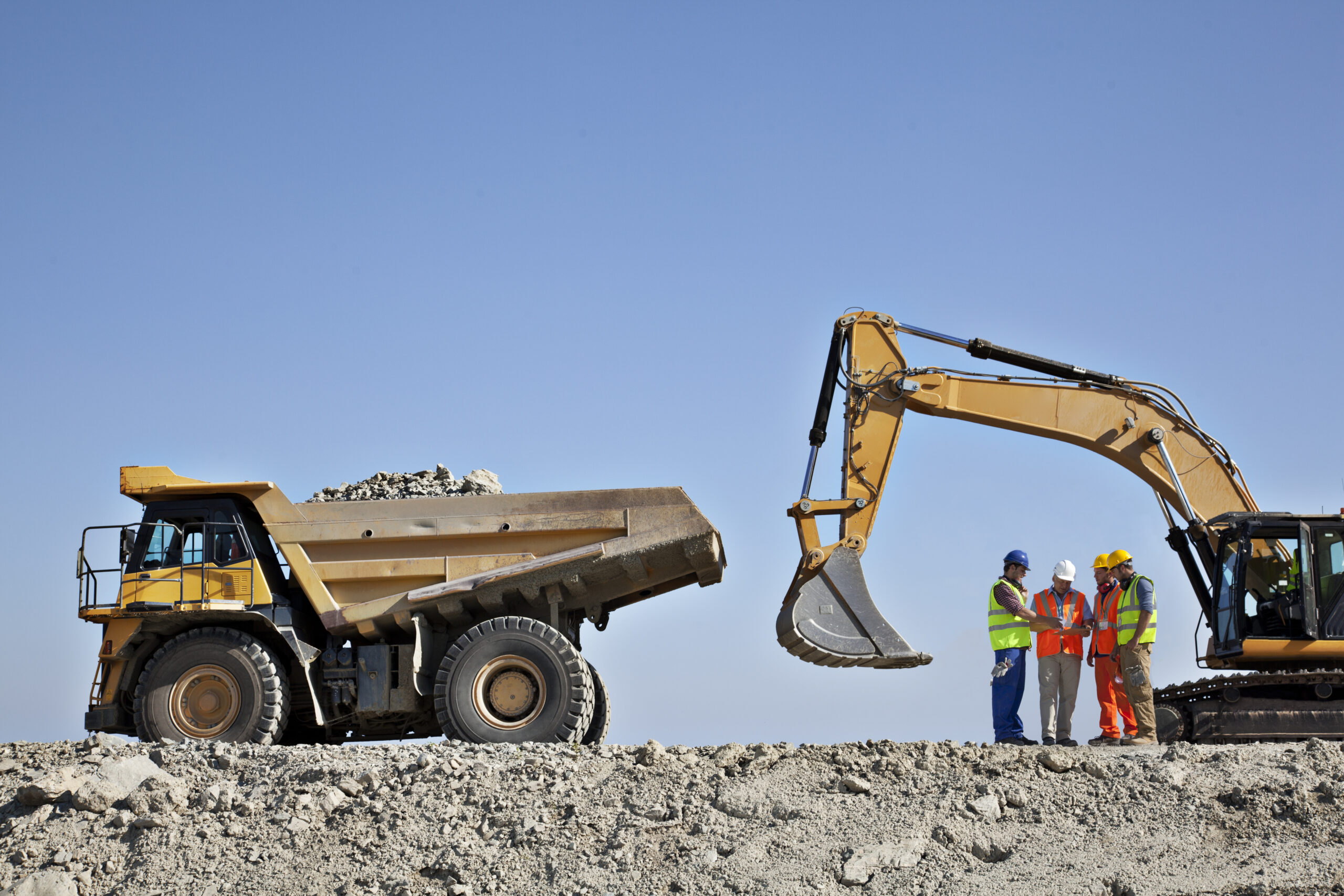On 4 August 2014, a tailings pond in British Columbia breached at the Mount Polley mine, which led to a staggering 24 million cubic meters of tailings waste material ending up in the Polley and Quesnal lakes and surrounding rivers.
So catastrophic was the event, it prompted the Canadian Broadcasting Corporation (CBC) to name it one of the worst mining disasters in the country’s history.
Concerns over tailings facilities reached a fever pitch in 2019 when a dam holding back mine waste collapsed in south-eastern Brazil, resulting in the death of 270 people.
It spurred companies across the globe to reassess their tailings management and resulted in the United Nations releasing a new Global Industry Standard on Tailings Management in 2020.
In the same year, a joint tailing management research initiative named Future Tails was launched by The University of Western Australia, Rio Tinto and BHP.
Building on the Global Tailings Standard, the initiative aims to improve management practices by investing in research, training and education. The standards also set in motion a raft of changes to Canadian regulations.
Clearly under pressure from recent events, the Mining Association of Canada adjusted their Tailings Management Guidance to meet and exceed requirements. After a comprehensive review spurred on by the new international standards, the association pledged to “provide more detailed and rigorous performance measurement expectations.”
RELATED: Why Ontario’s new excess soil regulations need environmental software
All these developments highlight the moral imperative and economic sense for expert guidance and cutting-edge technology for such a risk-prone industry.
But what exactly does the industry need to ensure best practice and prevent future tragedies?
What are the risks?
A continual by-product of mining operations, tailings are the waste material left over from the separation of valued elements from mined ore. They can be made up of rock compounds, chemicals, organic substances and other material produced in the process of extraction.
Transported from the mine site in slurry form, the waste ends up at a tailings dam or other tailings storage facility (TSF). As some of the largest engineering structures in the world, it’s no wonder that they come with a range of risks.
RELATED: WA’s floods put the spotlight on remote workforce logistics
Most of those risks stem from simply storing this polluted mix of material waste. This is due to the sheer pressure the structure is under to contain the enormous slurry mass of waste.
Because each tailings dam has a unique life cycle, they are fundamentally different from conventional dams in that they usually expand over time to accommodate a mine’s waste build-up. The mine will pass from planning and design through to construction, operation, closure and post closure.
Each stage of the cycle requires careful management and monitoring.
Other major risks include foundation slippage, slope instability and excess topping, all of which could lead to a structural breach that poses a significant threat to the surrounding environment and local community.
An event like that at Mount Polley poses a fundamental challenge to mining companies and their contractors who operate in the high-risk industry.
What’s clear is that detailed environmental monitoring is needed to track exceedances and conduct regular audits.
RELATED: Why it’s time for companies to take serious action on ESG
What needs monitoring?
The Mount Polley tailings failure set in motion robust debate about tailings management in Canada and an inquiry into the causes was launched. The review and governing bodies found that major steps needed to be taken to improve environmental monitoring, impact assessment and mitigation.
Regulatory decisions for tailings management mostly lies at the provincial level. However, the Government of Canada may step in on matters related to uranium tailings, fisheries, navigable waters and other international environmental concerns.
Plus, the federal ministry responsible for the environment is required to keep a national inventory of pollutant releases.
Most regulatory bodies assess tailings sites based on a myriad of factors such as acidic drainage, effluent treatment, surface and groundwater banks, metal leaching and a host of other environmental elements.
Each of these risk areas requires a detailed breakdown of chemical properties to detect pollutant levels, exceedances and any threats to the structural integrity of the waste dam.
Measuring performance
As the regulators spell out, maintaining a tailings facility involves monitoring for a large cross-section of performance indicators.
According to the Mining Association of Canada, these measures must be place throughout the entire life cycle of the facility. In most cases, these timeframes are vast and stretch into the decades.
Each of these stages requires a robust reporting framework. The primary challenge for mining companies is how to store comprehensive data points within a central platform.
It’s because of these vast stipulations that companies must be equipped with an environmental monitoring solution like INX Preserve.
Consisting of fundamental testing parameters and the latest environmental standards for respective jurisdictions, the cloud-native software allows businesses to monitor crucial aspects of their tailings reporting.
As tailings management involves testing for parameters such as soil particle density and shrinkage limit density, INX Preserve offers the capability to store detailed data points and achieve regulatory compliance.
Not only are businesses responding to legislation by adopting a software solution, but they are also partnering with governments to forge more environmentally-sound practises in an industry that poses a worrying threat to human life and the natural world.
Find out more about more about what INX Preserve has to offer here.














